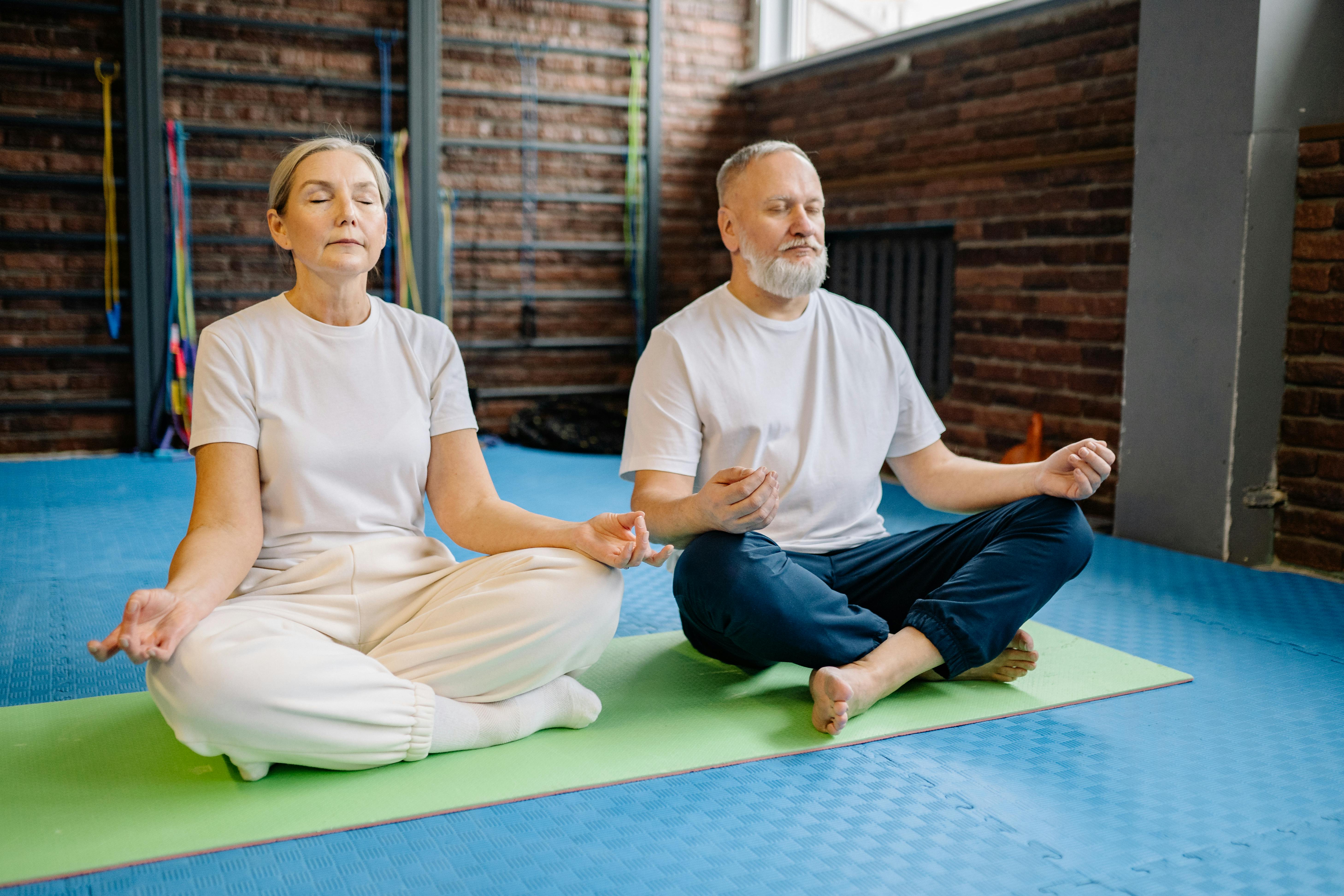
Visualization helps fourth graders behave in class
I just read a fascinating study by Dr. Suzanne Margiano of the University of Connecticut and four of her colleagues on the use of visualizations. This could be very helpful for kids who are having trouble in school and frankly for adults too.
Dr. Margiano took 3 fourth graders who were smart kids but had trouble behaving in school. This, of course, is nothing new to many teachers. Unfortunately, what happens, all too often, is that we give these kids Ritalin and they calm down. This is really easy for parents and teachers, but it may not be very healthy for children. As my wife, a kindergarten teacher, says, children lose their personality. It is as if they were erased in white while they were on Ritalin.
And it’s nothing new to many of us. We are smart, we know what to do, but we have a hard time doing it. We are used to doing something one way and we continue to do it that way. Maybe we even “define” ourselves by being the joker of the bunch, or the smart guy of the bunch. And we realize that this is of no use to us and we want to change our ways.
Back to the studio! Dr. Margiano observed these children for a few weeks and recorded their behavior. It was as expected, the researchers found a lot of evidence that the children were not behaving well and some evidence that the children were doing the “right” thing. Dr. Margiano and the other researchers then videotaped the children and, as we teachers say, “caught them being good!” They videotaped the children acting like they’re supposed to.
The researchers then had the children watch the good behavior videotape 2 or 3 times a week for 3 weeks. They showed the kids a videotape of themselves being good! And it helped! The children began to behave in class instead of misbehaving and getting into trouble. The researchers even think they planted false memories in these fourth graders. Now normally you’d think planting fake memories would be bad, but here it’s great! They planted a false memory that children were good and children began to be good.
How can you use this with your children? Well, I don’t think you have to videotape them. If your child has trouble sitting still in class, it would be helpful for him to remember a class in which he did behave. In the morning, go over it with them. What did they feel? What were they doing? What were they thinking? You can help them “relive” the memory, and then help them transfer it to their current class.
Many people also believe that visualization can do this for you. Many of the “great ones” in the field of personal development tell us that when we visualize ourselves having achieved our goals, it helps us actually achieve them. And many of these VERY successful people do visualizations every morning.
Perhaps the most famous example of this is when Babe Ruth pointed to the bleachers in center field in Game 3 of the 1932 World Series against the Chicago Cubs and then, on the next pitch he hit, sent the baseball flying higher. 440 feet (135 meters). ) straight into the stands past center field!
There are many stories of Olympic athletes using visualization. One of the most convincing is Billy Mills, who won gold in the 10,000-meter race in 1964. To win the race, he not only ran faster than the other runners, but ran 50 seconds faster than he himself. He had run 10,000 meters. After the race, he showed the journalists his diary where he wrote about his visualisations. He remains the only American to have won the 10,000-meter Olympic race.
So why not try this out with your son or daughter? Help them visualize behaving well in class. Maybe you can visualize that whenever you start to get nervous, you take a deep breath and calm down. Or maybe they can visualize before a math test that when they don’t know the answer right away, they don’t freak out, but go through a list of math procedures to try.
Simply put, they have to visualize themselves as being successful. This can boost your success in school and in sports. It also sets them up for success in life. And, after all, that is what we want most for our children!








